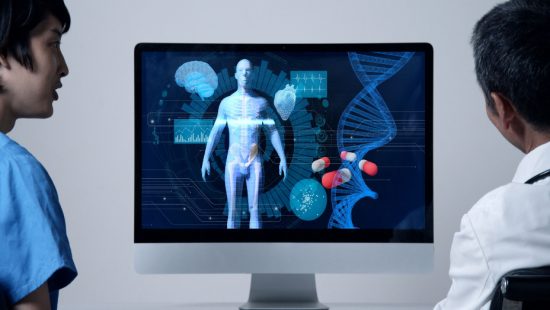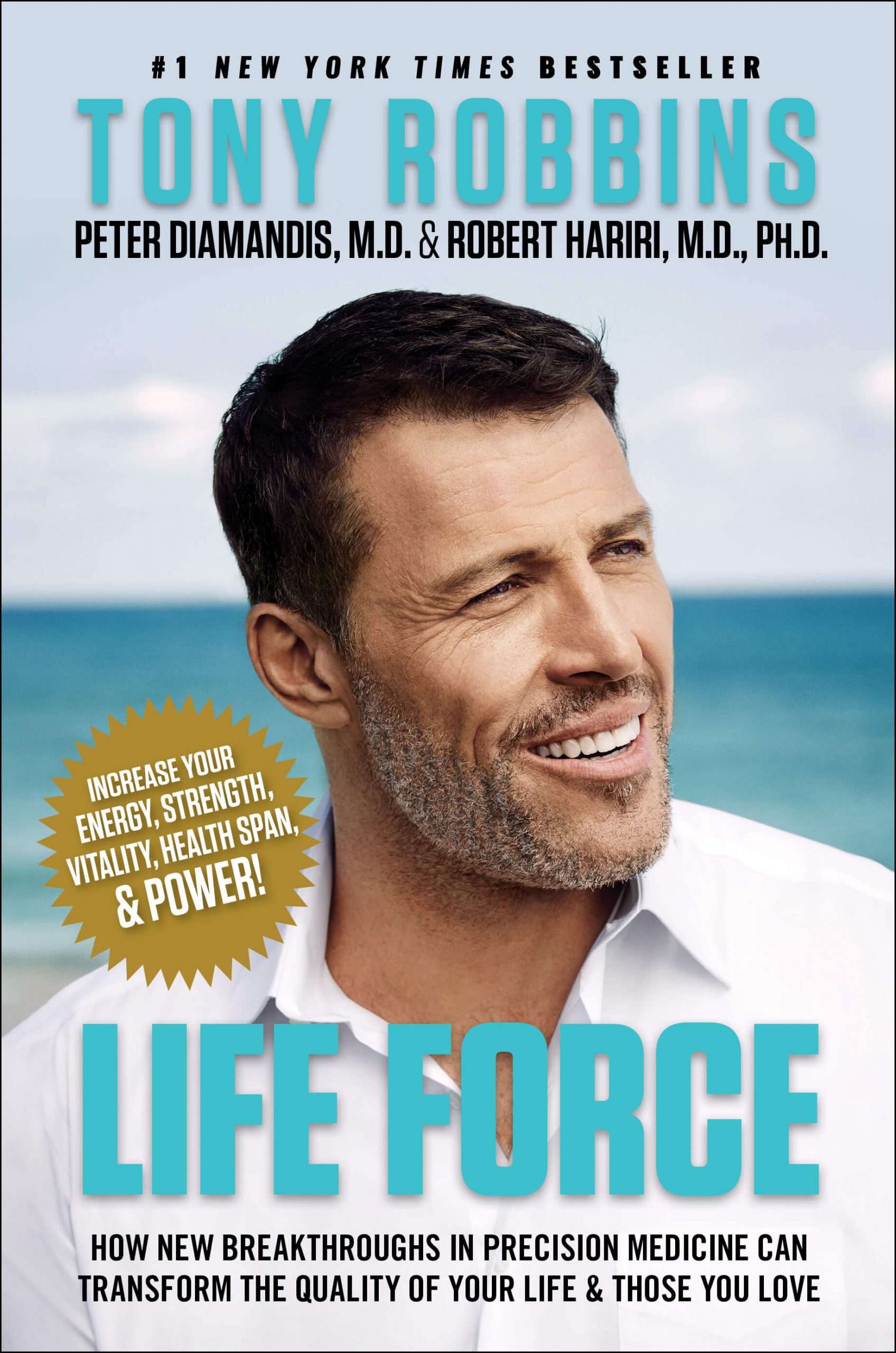Team Tony cultivates, curates and shares Tony Robbins’ stories and core principles, to help others achieve an extraordinary life.
What is regenerative medicine?
Unlock cutting-edge secrets to curing disease and improving quality of life
How do you think about your health? You know that eating right and exercising can help prevent certain conditions, but you likely still accept that some changes as you age are inevitable. Your body is going to slow down and age, and if it’s in your genes, you may even get cancer, Alzheimer’s, Parkinson’s or any number of other diseases. And there’s nothing you can do about it – right? Wrong. The field of regenerative therapy is working on precision treatments for all of these supposedly “inevitable” conditions, and the results are incredibly exciting.
So what is regenerative medicine, and how does it benefit you? We’ll summarize the many regenerative medicine benefits here, and for a more in-depth conversation, you can check out Tony’s book, Life Force.
What is regenerative medicine?
The term “regenerative medicine” is used to refer to a group of therapies or treatments that seek to replace lost cells or repair damaged tissues and organs. Unlike traditional medicine, which only treats symptoms with the goal of prolonging life or making a patient comfortable, the goal of regenerative medicine is to actually reverse or cure the underlying problem, bringing the damaged tissue “back to life.”
Regenerative medicine combines the principles of biology, engineering, medicine, genetics, chemistry and even robotics and computer science to create an exciting new field of study. But with all these different players, what is regenerative medicine, really? And how can it help us in our everyday lives? Ultimately, regenerative therapy is a way to get ahead of disease, illness and aging before it even occurs. And it’s a way to help prevent many common human conditions, instead of just treating the symptoms.
What can regenerative medicine be used for?
Regenerative therapy can be used for a wide variety of applications. Think of it this way: Every part of your body is made up of cells – tissue cells, muscle cells, blood cells and so on. Because it replaces cells, different types of regenerative medicine can be used to treat everything from damaged and diseased organs to sports injuries and cosmetic issues like hair loss and acne.
This all sounds great – but does regenerative medicine really work? The answer is yes. Examples abound, from organ regeneration and gene therapy to focused ultrasound for brain surgery. Scientists are exploring the use of regenerative therapy for treating wounds and injuries, cardiovascular disease, certain types of cancer and even organ replacement. The novelty of the field is part of what makes it so compelling for scientists to explore, as possibilities seem endless.

What are the types of regenerative medicine?
The answer to the question “What is regenerative medicine?” isn’t necessarily as straightforward as it sounds. While the types of regenerative medicine all share a foundational principle of replacing damaged or diseased tissue, they can actually differ quite vastly in application. The most common types are:
- Platelet rich plasma (PRP): This is the most common type of regenerative therapy – it’s been around for decades. Doctors draw blood from the patient and spin it in a centrifuge, concentrating the platelets, and then reinject it back into the patient’s body. PRP is often used in sports medicine, orthopedics and cosmetic surgery.
- Stem cell therapy: Stem cells are the building blocks of the body. They are incredibly powerful because they can regenerate themselves for a lifetime and can be engineered to grow into any type of cell, from brain cells to blood cells.
- Prolotherapy: This type of regenerative therapy seems contradictory at first. Doctors inject a small amount of irritant into the body to cause inflammation, which stimulates the body’s healing response.
- Lipogems: For this therapy, doctors take cells from the patient’s own fat stores. Fat tissues are easy to harvest and are more dense in healing agents than other tissues, and the effects of this treatment may be more long-lasting than others.
Top regenerative medicine benefits
The science is still in its early stages, but regenerative therapy has shown promising results in many areas, leading top researchers around the world to call it the next frontier of preventive medicine.
- Organ regeneration: Researchers have used regenerative therapy to 3D-print human bladders and are currently studying how to create fully functioning pediatric hearts.
- Repairing heart damage: Stopping just short of creating an entirely new heart, Dr. Deepak Srivastava has used gene therapy to repair heart attack damage in mice.
- Curing genetic disease: A technique called CRISPR gene editing can repair the “incorrect” genes that cause genetic diseases. It’s been used to treat amyloidosis, heart disease, blindness, Alzheimer’s and more.
- Treating tremors: Focused ultrasound has been shown to treat Parkinson’s motor symptoms, as well as essential tremor, one of the most common movement disorders worldwide.
- Leveraging the Wnt pathway: The Wnt pathway is a sequence of chemical reactions that tells our cells what to make and when. As we age, this pathway can get out of whack, but reinstating the correct “cellular signals” can help treat everything from baldness to cancer.
Ultimately, what is regenerative medicine if not a way to improve your life and the lives of those around you? Whether you have a life-threatening condition or just want to age with energy and vitality, these groundbreaking treatments can benefit you and your loved ones.




